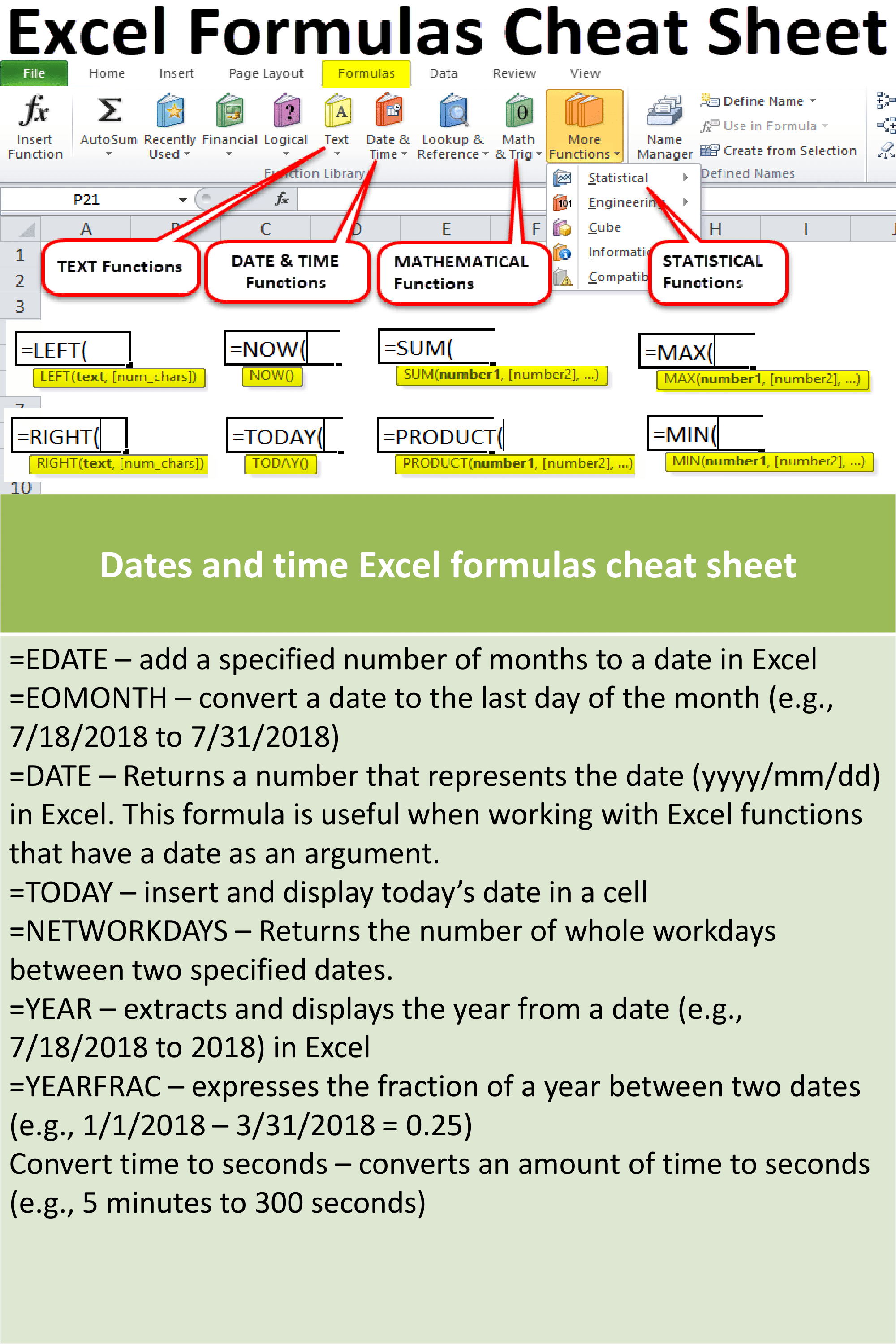3 Ways to Use 1 Another in Excel Formulas

Discovering the Power of Excel's 1 Another Technique

Welcome to a fascinating exploration of Excel's hidden capabilities. In this blog post, we're diving into one of the less-discussed yet extremely powerful techniques: using 1 Another in your Excel formulas. This method, while not a direct function, refers to a set of practices that can make your spreadsheet calculations more efficient and intuitive. Whether you're an Excel novice or an adept user, understanding how to leverage this approach can streamline your work, reduce errors, and improve your data management skills.
Understanding the 1 Another Concept

Before we delve into the specific ways to apply the "1 Another" concept in Excel, let's clarify what we mean by this term:
- 1 Another represents the idea of referring to the data in one cell by using another cell's value, either within the same worksheet or from different workbooks.
- This method leverages Excel's dynamic capabilities, where cell references can be manipulated to create versatile formulas.
Here are three primary techniques to incorporate the "1 Another" approach in Excel:
Technique 1: Dynamic Range Names

One of the most practical applications of "1 Another" is to create dynamic named ranges:
Here's how you can set this up:
- Select the range of cells that you want to name dynamically.
- Go to the Formulas tab, click on Name Manager, and then New.
- In the Name box, enter your name for the range.
- In the Refers to field, instead of selecting a fixed range, use an OFFSET or INDEX function to dynamically define the range. For example:
=OFFSET(Sheet1!$A$1,0,0,COUNTA(Sheet1!$A:$A),1)
🌟 Note: The OFFSET function here starts from cell A1 and counts down the column to find the last non-empty cell, thus dynamically adjusting the range based on content.
This technique allows formulas to automatically adjust as data changes, ensuring your charts, pivot tables, and other data analysis tools remain up to date without manual intervention.
Technique 2: Using OFFSET for Dynamic References

Another powerful use of "1 Another" involves the OFFSET function to dynamically reference cells:
Consider a scenario where you need to sum values in a column, but the number of rows might change. You can use:
=SUM(OFFSET(A1,0,0,COUNTA(A:A)-1,1))
This formula sums the entire column A, excluding the header, dynamically adjusting for any rows added or deleted.
📝 Note: OFFSET provides flexibility but comes with performance trade-offs. Use it judiciously in large spreadsheets to avoid slow calculation times.
Technique 3: INDIRECT for Non-Contiguous Ranges

The INDIRECT function is an intriguing aspect of "1 Another" where you can refer to cells using text strings rather than cell references:
- This can be particularly useful for creating dashboards or summary sheets where you need to pull data from various sheets or non-adjacent cells.
- Here's an example formula to illustrate:
=SUM(INDIRECT("Sheet1!A2:A" & COUNTA(Sheet1!A:A)))
This formula calculates the sum of cells in column A of Sheet1, dynamically finding the last row with data.
Here's how you could use INDIRECT in a more complex scenario:
| Sheet | Cell Reference |
|---|---|
| Q1 | A1:A10 |
| Q2 | B1:B10 |
| Q3 | C1:C10 |
| Q4 | D1:D10 |
| Summary | INDIRECT(A2 & "!A1:A10") |

💡 Note: INDIRECT allows for referencing sheets or cells dynamically but can make your workbook volatile, impacting calculation speed.
In summary, mastering the "1 Another" techniques in Excel can significantly enhance your productivity:
- Dynamic range names make your data handling automatic.
- OFFSET functions provide versatility in adjusting cell references.
- INDIRECT opens up possibilities for complex data interactions.
Each of these methods lets you manipulate data in ways that are both efficient and intuitive, reducing the need for repetitive tasks and making your work with Excel more seamless and responsive to changing data landscapes.
Can you use “1 Another” techniques in Excel for financial models?

+
Yes, “1 Another” techniques can be particularly beneficial in financial models where projections might change. Dynamic references allow your models to adapt automatically to new data, improving accuracy and reducing manual adjustments.
Are there any risks or drawbacks to using OFFSET and INDIRECT?

+
Both OFFSET and INDIRECT make your formulas volatile, meaning they recalculate every time any change is made to the workbook, which can slow down your Excel file significantly if overused. Additionally, INDIRECT can lead to broken references if sheet names change.
What are some alternatives to using OFFSET or INDIRECT for dynamic ranges?

+
Table functions like TABLE(), INDEX(), and functions introduced in newer Excel versions like FILTER() or UNIQUE() can be used as more efficient alternatives. These functions often provide better performance and are less volatile than OFFSET and INDIRECT.
Can dynamic named ranges help with data validation?

+
Yes, dynamic named ranges can improve data validation by automatically updating dropdown lists or other validation lists to reflect current data, ensuring data integrity as your list items change.



